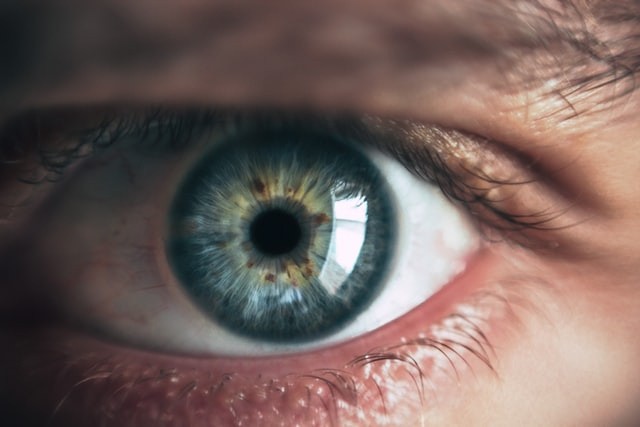The result of a new study recently showed that the mechanisms they used to sense numbers could be found in the pupils.
A EurekAlert! report said the finding came from research carried out by the School of Psychology of the University of Sydney, in alliance with the Universities of Pisa and Florence.
According to the co-author of the study, Professor David Burr from the Universities of Sydney and Florence, when looking around, "we spontaneously perceive" a scene's form, movement, color, and size. He added, equally spontaneously, one perceives the number of items before him.
This ability, added the professor, shared with most other animals, is an "evolutionary fundamental." It lets you know the essential quantities abruptly like the number of apples hanging on the tree or the number of enemies attacking you.
ALSO READ : 5 Tips To Keep Your Eyes Healthy

Number Information
Number information is essential and it is believed most species have a specific "number sense," explained School of Psychology's Professor Burr.
Given the essentiality of the spontaneous perception of numbers or quantities, the researchers asked if it may be uncovered by a "primitive, automatic physiological response."
Essentially, the pupil light reflex is possibly the most automatic physiological response. It constricts in light and dilates in the dark.
According to the University of Pisa's Professor Paola Bina, recent research from their laboratory shows that the size of a pupil is also controlled by both perceptual and cognitive factors.
Black or White Pixels
This most recent study published in Nature Communications took advantage of its discovery. To a group of adult respondents, the study authors showed images with a variable number of either 18 or 24 dots, which are either secluded or connected by lines.
Connecting the dots that formed dumbbell shapes results in the dots appearing in smaller numbers though they are the same quantity, a well-known illusion.
Furthermore, the participants saw the patterns passively, minus paying special attention to the number of things in them, or any other element.
The results showed that although the number of black or white pixels were similar for all patterns, the diameter of the pupils of the participants varied depending on the perceived number of dots. They were greatest when the perceived number was high and least when low.
Helps with Early Detection of 'Dyscalculia'
Florence University's Dr. Elisa Castaldi said the study finding shows that numerical information is essentially associated with perception.
It could have vital practical insinuations. For instance, such an ability is compromised in the so-called dyscalculia, a dysfunction in mathematical learning. Thus, this experiment may be helpful in the early detection of the condition, particularly in very young children.
It is quite simple - simply look at a screen without making any active reaction, then the pupillary response is gauged remotely.
According to WebMD, it is not unusual for a child to go through hard times with math assignments. However, children are having problems with numbers or getting low scores in maths tests, yet they do well in other subjects. In such instances, they possibly have dyscalculia, also described as a math learning disability.
Dyscalculia is a brain-related condition that makes basic math difficult to learn. It possibly runs in families, but this theory hasn't been proven yet. Scientists say they have not found any genes associated with it.
Related information about dyscalculia is shown on The National Center for Learning Disabilities' YouTube video below:
RELATED ARTICLE : Tom Chang MD's Tips For Eye Health During The Pandemic
Check out more news and information on Medicine & Health in Science Times.
© 2025 ScienceTimes.com All rights reserved. Do not reproduce without permission. The window to the world of Science Times.












